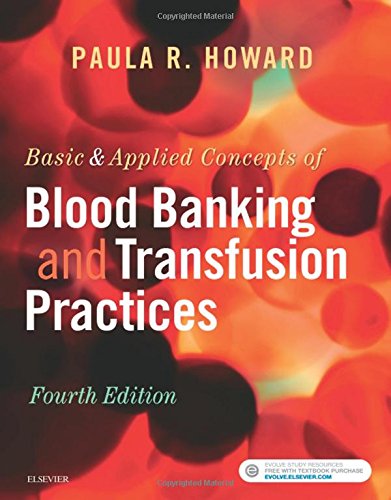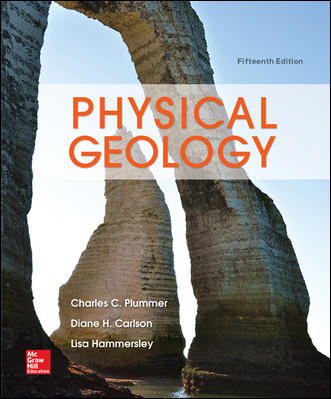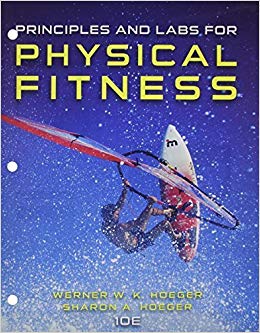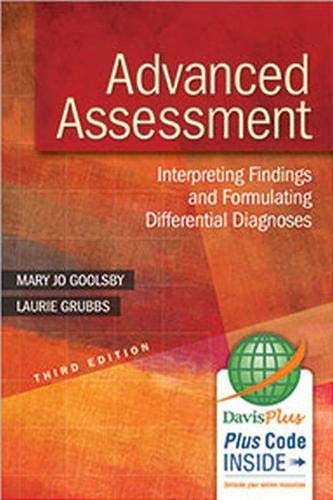Physics 9th Edition Cutnell – Test Bank
Import Settings:
Base Settings: Brownstone Default
Information Field: Difficulty
Information Field: SectionDef
Highest Answer Letter: E
Multiple Keywords in Same Paragraph: No
Chapter: Chapter 4
Multiple Choice
1. With one exception, each of the following units can be used to express mass. What is the exception?
A) newton
B) slug
C) gram
D) N•s2/m
E) kilogram
Ans: A
Difficulty: Easy
SectionDef: Section 4-1, 4-2 and 4-3
2. Complete the following statement: The term net force most accurately describes
A) the mass of an object
B) the inertia of an object.
C) the quantity that causes a displacement.
D) the quantity that keeps an object moving.
E) the quantity that changes the velocity of an object.
Ans: E
Difficulty: Easy
SectionDef: Section 4-1, 4-2 and 4-3
3. Which one of the following terms is used to indicate the natural tendency of an object to remain at rest or in motion at a constant speed along a straight line?
A) velocity
B) inertia
C) acceleration
D) equilibrium
E) force
Ans: B
Difficulty: Easy
SectionDef: Section 4-1, 4-2 and 4-3
4. Complete the following statement: An inertial reference frame is one in which
A) Newton’s first law of motion is valid.
B) the inertia of objects within the frame are zero.
C) the frame is accelerating.
D) the acceleration due to gravity is greater than zero m/s2.
E) Newton’s second law of motion is not valid.
Ans: A
Difficulty: Medium
SectionDef: Section 4-1, 4-2 and 4-3
5. A net force is required to give an object with mass m an acceleration a. If a net force 6 is applied to an object with mass 2m, what is the acceleration on this object?
A)
B) 2
C) 3
D) 4
E) 6
Ans: C
Difficulty: Easy
SectionDef: Section 4-1, 4-2 and 4-3
6. When the net force that acts on a hockey puck is 12 N, the puck accelerates at a rate of 48 m/s2. Determine the mass of the puck.
A) 0.25 kg
B) 1.0 kg
C) 5.0 kg
D) 2.5 kg
E) 2.0 kg
Ans: A
Difficulty: Medium
SectionDef: Section 4-1, 4-2 and 4-3
7. The figure shows the velocity versus time curve for a car traveling along a straight line.
Which of the following statements is false?
A) No net force acts on the car during interval B.
B) Net forces act on the car during intervals A and C.
C) Opposing forces may be acting on the car during interval B.
D) Opposing forces may be acting on the car during interval C.
E) The magnitude of the net force acting during interval A is less than that during C.
Ans: E
Difficulty: Medium
SectionDef: Section 4-1, 4-2 and 4-3
8. The graph shows the velocities of two objects of equal mass as a function of time. Net forces FA, FB, and FC acted on the objects during intervals A, B, and C, respectively. Which one of the following choices is the correct relationship between the magnitudes of the net forces?
A) FB = FC > FA
B) FC > FB > FA
C) FA > FB = FC
D) FA = FB = FC
E) FA > FB > FC
Ans: C
Difficulty: Medium
SectionDef: Section 4-1, 4-2 and 4-3
9. A net force of 25 N is applied for 5.7 s to a 12-kg box initially at rest. What is the speed of the box at the end of the 5.7-s interval?
A) 1.8 m/s
B) 12 m/s
C) 3.0 m/s
D) 7.5 m/s
E) 30 m/s
Ans: B
Difficulty: Hard
SectionDef: Section 4-1, 4-2 and 4-3
10. A 975-kg car accelerates from rest to 26.7 m/s in a distance of 120 m. What is the magnitude of the average net force acting on the car?
A) 740 N
B) 2900 N
C) 91 N
D) 1300 N
E) 7900 N
Ans: B
Difficulty: Medium
SectionDef: Section 4-1, 4-2 and 4-3
11. A 2150-kg truck is traveling along a straight, level road at a constant speed of 55.0 km/h when the driver removes his foot from the accelerator. After 21.0 s, the truck’s speed is 33.0 km/h. What is the magnitude of the average net force acting on the truck during the 21.0 s interval?
A) 2250 N
B) 626 N
C) 1890 N
D) 972 N
E) 229 N
Ans: B
Difficulty: Hard
SectionDef: Section 4-1, 4-2 and 4-3
Reference: Ref 4-1
A 2.0-kg object moves in a straight line on a horizontal frictionless surface.
The graph shows the velocity of the object as a function of time. The various equal time intervals are labeled using Roman numerals: I, II, III, IV, and V.
The net force on the object always acts along the line of motion of the object.
12. Which section(s) of the graph corresponds to a condition of zero net force?
A) V only
B) III only
C) II and IV
D) II, III, and IV
E) I, III, and V
Ans: C
Refer To: Ref 4-1
Difficulty: Medium
SectionDef: Section 4-1, 4-2 and 4-3
13. Which section of the graph corresponds to the application of the largest constant net force?
A) I
B) II
C) III
D) IV
E) V
Ans: C
Refer To: Ref 4-1
Difficulty: Medium
SectionDef: Section 4-1, 4-2 and 4-3
14. In which section of the graph is the magnitude of the net force decreasing?
A) I
B) II
C) III
D) IV
E) V
Ans: A
Refer To: Ref 4-1
Difficulty: Hard
SectionDef: Section 4-1, 4-2 and 4-3
15. In which section(s) of the graph is the net force changing?
A) I and III
B) II and IV
C) III
D) IV
E) I and V
Ans: E
Refer To: Ref 4-1
Difficulty: Hard
SectionDef: Section 4-1, 4-2 and 4-3
16. An object moves due east at constant speed. A net force directed due north then acts on the object for 5.0 s. At the end of the 5.0-second period, the net force drops to zero newtons. Which one of the following statements is necessarily true?
A) The object will be moving eastward when the force drops to zero newtons.
B) The change in the velocity of the object is directed north of west.
C) The direction of the object’s acceleration depends on how fast the object was initially moving.
D) The final velocity of the object is directed north of east.
E) The magnitude of the object’s acceleration depends on how fast the object was initially moving.
Ans: D
Difficulty: Medium
SectionDef: Section 4-4 and 4-5














Reviews
There are no reviews yet.